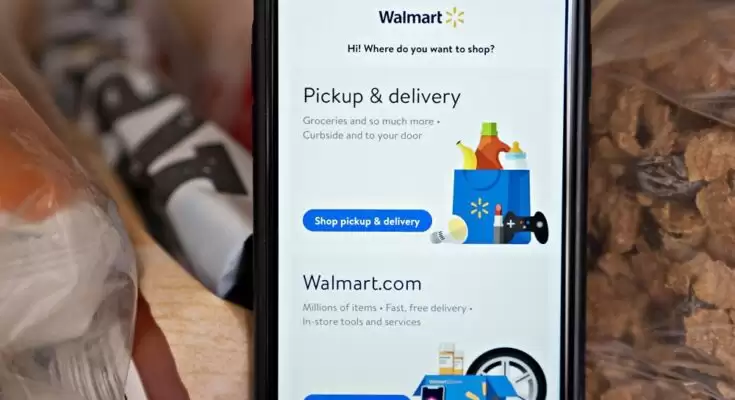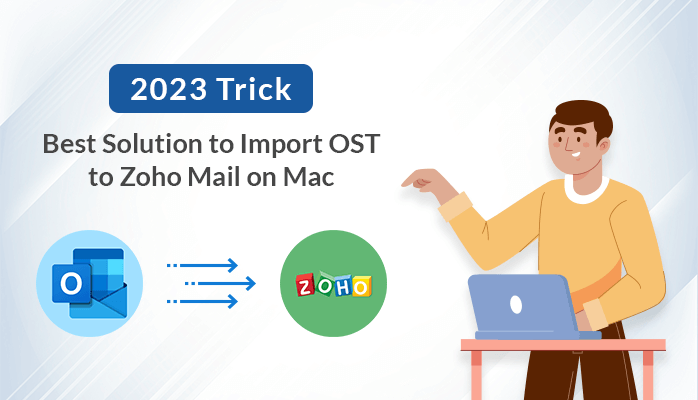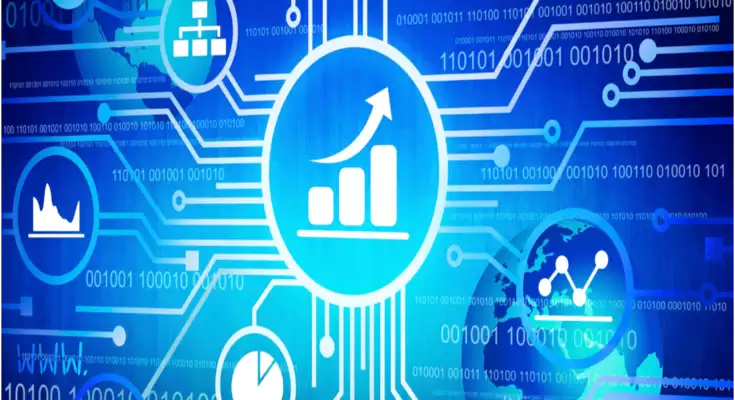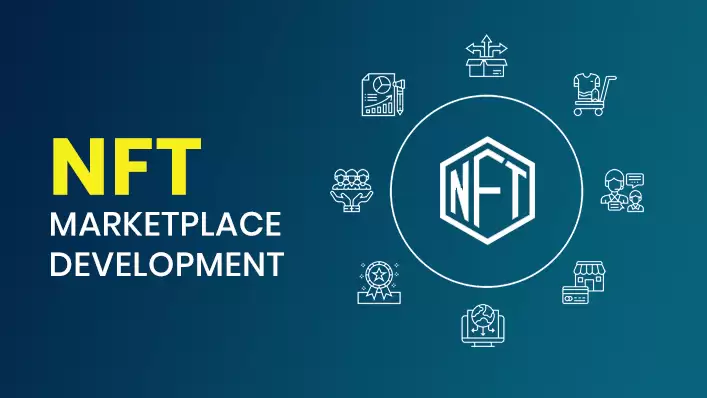A pickup and delivery app can be a game-changer for businesses that require timely and efficient delivery of products or services.
Here are some reasons why businesses should consider building a pickup and delivery app:
- Improved Efficiency: A pickup and delivery app can help businesses streamline their delivery process, improving efficiency. With an app, customers can schedule pickups and deliveries, and businesses can track and manage their fleet of vehicles, drivers, and orders in real time. This can help reduce delivery times, optimize routes, and reduce errors.
- Customer Convenience: A pickup and delivery app provides customers with a convenient way to schedule pickups and deliveries without leaving their homes or office.
- Competitive Advantage: In today’s fast-paced business environment, businesses that offer pickup and delivery services have a competitive advantage over those that don’t. By building a pickup and delivery app, businesses can stay ahead of the competition and attract more customers.
- Increased Sales: A pickup and delivery app can help businesses increase sales by providing customers a more convenient and efficient way to shop. Customers are more likely to buy products or services from a business that offers pickup and delivery services.
- Cost Savings: By optimizing their delivery process with a pickup and delivery app, businesses can save on costs associated with manual order processing, delivery schedules, and fleet management.
Building a pickup and delivery app can help businesses improve efficiency, increase customer satisfaction and loyalty, gain a competitive advantage, increase sales, and save costs.
What Features to Consider When Building a Pickup & Delivery App
When building a pickup and delivery app, there are several key features to consider that can enhance the user experience, improve efficiency, and increase the overall value of the app.
Here are some features to consider when building a pickup and delivery app:
User-friendly Interface
A user-friendly interface is crucial to the success of a pickup and delivery app. It should be easy to navigate, with clear and concise instructions, and intuitive features that make it simple for users to schedule pickups and deliveries.
Real-time Tracking
Real-time tracking is an essential feature that allows users to track the status of their orders in real time. It provides transparency and improves customer satisfaction, as users can see when their orders are picked up and expected to be delivered.
Payment Integration
Payment integration is another crucial feature that allows users to pay for their orders directly through the app. It should support multiple payment options, such as credit cards, debit cards, and mobile wallets, to cater to a broader range of users.
Push Notifications
Push notifications can keep users informed about the status of their orders, upcoming pickups and deliveries, and other important updates. This feature is essential for providing a seamless user experience and improving communication between businesses and customers.
Analytics and Reporting
Analytics and reporting features provide valuable insights into the performance of the pickup and delivery app. It can help businesses identify areas for improvement, track key performance indicators, and optimize their delivery process to improve efficiency and reduce costs.
Cost to Build A Pickup and Delivery App
Finally, businesses should consider the cost of building a pickup and delivery app. This can vary depending on the complexity of the app and the features required. However, it is important to invest in quality development to ensure the app is scalable, reliable, and secure.
Building a pickup and delivery app with a user-friendly interface, real-time tracking, payment integration, push notifications, analytics, and reporting, and considering the cost to build a pickup and delivery app can help businesses improve efficiency, increase customer satisfaction, and stay ahead of the competition.
Types of On-Demand Delivery Services
On-demand delivery services have become increasingly popular due to their convenience and efficiency. Here are some of the most common types of on-demand delivery services:
- Food Delivery: This type of on-demand delivery service has become particularly popular in urban areas, where people may not have time to cook or go out to eat.
- Grocery Delivery: Grocery delivery services allow customers to order groceries online and deliver them to their homes. This on-demand delivery service has become especially popular during the COVID-19 pandemic as people try to avoid crowded grocery stores.
- Package Delivery: Package delivery services allow customers to send and receive packages on demand. This on-demand delivery service is particularly useful for businesses that send products to customers or receive supplies from suppliers.
- Medicine Delivery: Medicine delivery services allow customers to order prescription drugs and have them delivered to their homes. This on-demand delivery service is particularly useful for elderly or disabled individuals who may have difficulty visiting a pharmacy.
- Alcohol Delivery: Alcohol delivery services allow customers to order alcohol online and deliver it to their homes. This type of on-demand delivery service has become increasingly popular in recent years, particularly in areas where liquor stores may be far away or have limited hours of operation.
- Beauty and Personal Care Delivery: Beauty and personal care delivery services allow customers to order beauty products and personal care items online and deliver them to their homes. This on-demand delivery service has become increasingly popular during the COVID-19 pandemic, as people try to avoid crowded stores.
The on-demand delivery services have revolutionized how we shop and consume goods and services. From food and grocery delivery to package and medicine delivery, these services have become an integral part of our daily lives, offering convenience and efficiency.
Benefits of Pickup & Delivery Apps for Businesses & Customers
Pickup and delivery apps offer numerous benefits for both businesses and customers. Here are some of the main advantages:
Benefits for Businesses:
Increased Efficiency: Pickup and delivery apps allow businesses to streamline their delivery process, reducing the time and resources needed for manual order processing, delivery schedules, and fleet management.
Improved Customer Satisfaction: Pickup and delivery apps offer customers a convenient and efficient way to receive products or services, increasing customer satisfaction and loyalty.
Competitive Advantage: Businesses that offer pickup and delivery services have a competitive advantage over those that don’t, as they can attract more customers and increase sales.
Cost Savings: Pickup and delivery apps can help businesses save costs associated with manual order processing, delivery schedules, and fleet management.
Real-Time Analytics: Pickup and delivery apps provide businesses with real-time analytics and reporting features that allow them to track key performance indicators, identify areas for improvement, and optimize their delivery process for maximum efficiency.
Benefits for Customers:
Convenience: Pickup and delivery apps offer customers a convenient way to schedule pickups and deliveries without leaving their homes or office.
Improved Communication: Pickup and delivery apps allow customers to track the status of their orders in real time and receive push notifications about important updates.
Increased Transparency: Pickup and delivery apps provide transparency into the delivery process, allowing customers to see when their orders are picked up and expected to be delivered.
Flexibility: Pickup and delivery apps allow customers to schedule deliveries at a time that is most convenient for them, providing flexibility and convenience.
Time Savings: Pickup and delivery apps save customers time by eliminating the need to travel to a physical location to receive products or services.
These pickup and delivery apps offer many benefits for businesses and customers. They improve efficiency, increase customer satisfaction, provide a competitive advantage, save costs, offer convenience, improve communication, increase transparency, provide flexibility, and save time.
Challenges of Developing a Pickup & Delivery App
Developing pickup and delivery apps can be complex and challenging.
Here are some of the main challenges that developers may face when building a Pickup & Delivery app:
Integration with Third-Party APIs
P&D apps typically require integration with third-party APIs, such as payment gateways, location services, and messaging platforms. Ensuring seamless integration with these APIs can be a challenge.
Complex Business Logic
P&D apps involve complex business logic, such as order routing, delivery schedules, and fleet management. Ensuring that these business rules are correctly implemented can be a challenge.
User Experience
Developing an intuitive and user-friendly interface for a P&D app is critical for its success. Ensuring that the app provides a seamless user experience across different devices and platforms can be a challenge.
Security and Data Privacy
P&D apps collect and store sensitive user data, such as payment information and delivery addresses. Ensuring that this data is protected against security threats and adheres to data privacy regulations can be a challenge.
Scalability
As P&D apps become more popular, they need to be able to handle increasing volumes of traffic and data. Ensuring that the app is scalable and can handle growth is a challenge.
Testing and Quality Assurance
Ensuring the app is thoroughly tested and free of bugs and errors is critical for its success. Testing and quality assurance can be a time-consuming and challenging process.
Cost
Developing a P&D app can be expensive, especially when factoring in the cost of third-party APIs, development tools, and personnel.
Developing a Pickup & Delivery app can be a challenging process that requires careful planning, attention to detail, and expertise in various areas, including third-party API integration, business logic, user experience, security and data privacy, scalability, testing, and cost management.
How to Monetize a Pickup & Delivery App
There are several ways to monetize a pickup and delivery app:
Commission-Based Model
One common approach is to charge a commission fee for each delivery made through the app. This approach is commonly used by on-demand delivery apps such as UberEats and Grubhub.
Subscription Model
Another approach is to charge customers a subscription fee for premium features, such as faster delivery times, access to exclusive deals, or premium customer support.
Advertising
Another monetization strategy is to display ads within the app. Businesses can pay to have their products or services promoted within the app, or the app can display ads from third-party advertisers.
Delivery Fees
The app can also charge delivery fees to customers for each delivery made through the app. This fee can be based on distance, delivery time, or other factors.
Custom Delivery Options
The app can charge customers for custom delivery options, such as same-day delivery, special handling, or additional insurance.
Data Monetization
The app can collect data on customer behavior, delivery patterns, and other metrics and sell this data to third-party businesses or advertisers.
White Labeling
Another option is to offer white-labeling services to other businesses, allowing them to use the app under their own brand name.
There are several ways to monetize a pickup and delivery app. The most common approaches include commission-based models, subscription models, advertising, delivery fees, custom delivery options, data monetization, and white labeling. It’s important to choose a monetization strategy that aligns with the app’s overall business goals and provides value to both the business and its customers.
Conclusion
The pickup and delivery industry is rapidly growing, and mobile apps are becoming an essential part of this industry. Developing a pickup and delivery app comes with its own challenges, such as integrating with third-party APIs, implementing complex business logic, ensuring a seamless user experience, and ensuring data privacy and security.








